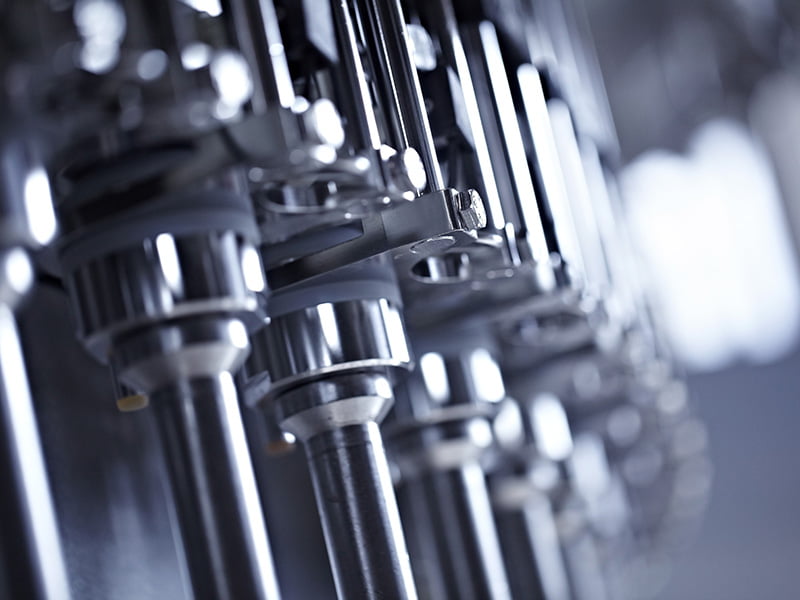The National Reconstruction Fund Corporation’s first ever investment is out the door, marking an important milestone for industrial policy in Australia, and a landmark event in the life of the Albanese government.
The $15 billion National Reconstruction Fund is a signature policy, announced well in advance of the 2022 election as the largest ever peacetime investment in Australian industry.
The fund is the foundational element of this government’s re-industrialisation agenda, which now includes the $22 billion Future Made in Australia program of work.
This first NRF investment in Toowoomba-based Russell Mineral Equipment will be welcomed by Australian industry. It will be, as Industry minister Ed Husic said, “the first in a long line of investments” aimed at rebuilding sovereign manufacturing capability.
But it also raises as many questions as answers for anyone seeking a more precise understanding of how the fund will operate into the future.

The obvious immediate observation about the NRF’s first investment is that it has arrived just in time (or just too late, depending on your view).
The announcement was made on the heels of the latest rankings from the Harvard Atlas of Economic Complexity. Australia has fallen from 93rd to 102nd for economic complexity, snuggled in between Senegal at 101st and Yemen at 103rd.
This is a quite staggering ranking for Australia, as the 12th largest economy in the world. It is a testament both to how little we make in this country, as well as to how very, very good we are digging up and sending unprocessed resources overseas.
But this is exactly what the National Reconstruction Fund and the Future Made in Australia agenda aims to address. It will take time to work its way through toward having an impact, but the effort and direction is absolutely the right thing to do.
CSIRO director and Port of Newcastle chair Roy Green told a Pearcey Foundation dinner this week that the Harvard ranking, which measures the diversity and knowledge intensity of a country’s export mix, reflects of the challenge facing Australia.
“Much has been made of stalled productivity and real wage stagnation in Australia, but this ‘burning platform’ has yet to translate into widespread recognition of its underlying source in our narrow trade and industrial structure, based overwhelmingly, and precariously, on the export of unprocessed raw materials,” Professor Green said.
“The time has come once again, just as it did in the late 1940s and 50s, to reinvigorate Australia’s fragmented and underfunded research and innovation system, as part of an emerging national industrial strategy.”
Funding and support through programs like the NRF and those within the Future Made in Australia agenda are one side of a response. The other is policy that reverses the long-term slide in R&D spending in Australia, particularly by the private sector.
“[The federal government] is also embarking on a ‘strategic examination’ of how declining business and public investment in R&D can be reversed, including through the growth of collaborative place-based innovation ecosystems,” Professor Green said.
“While a big part of this task is to create a renewed and motivating vision of change, an even bigger one is to ensure that it becomes a practical reality,” he said.
In the meantime, a single NRF investment doesn’t reveal much about how the NRF Corporation intends to invest. It is hard to imagine how the corporation will be able to manage investments across a vast array of different industries without the deep specialised knowledge in each.
But it is certainly interesting that this first investment was made as part of a broader $100 million co-investment partnership between the NRF Corporation and Colorado-based mining sector specialists Resource Capital Funds (via its Perth-based operation).
The mechanics of that relationship have not been revealed. But if it were to extend to other industries as fund-to-fund investments in specialist venture capital funds — local and international — that would bring expertise and a significantly improved ability to scale investments while attracting overseas interest.
Maximising the industrial development returns of a $15 billion fund is a Herculean task, even more so if it is invested one modest deal at a time.
Do you know more? Contact James Riley via Email.

